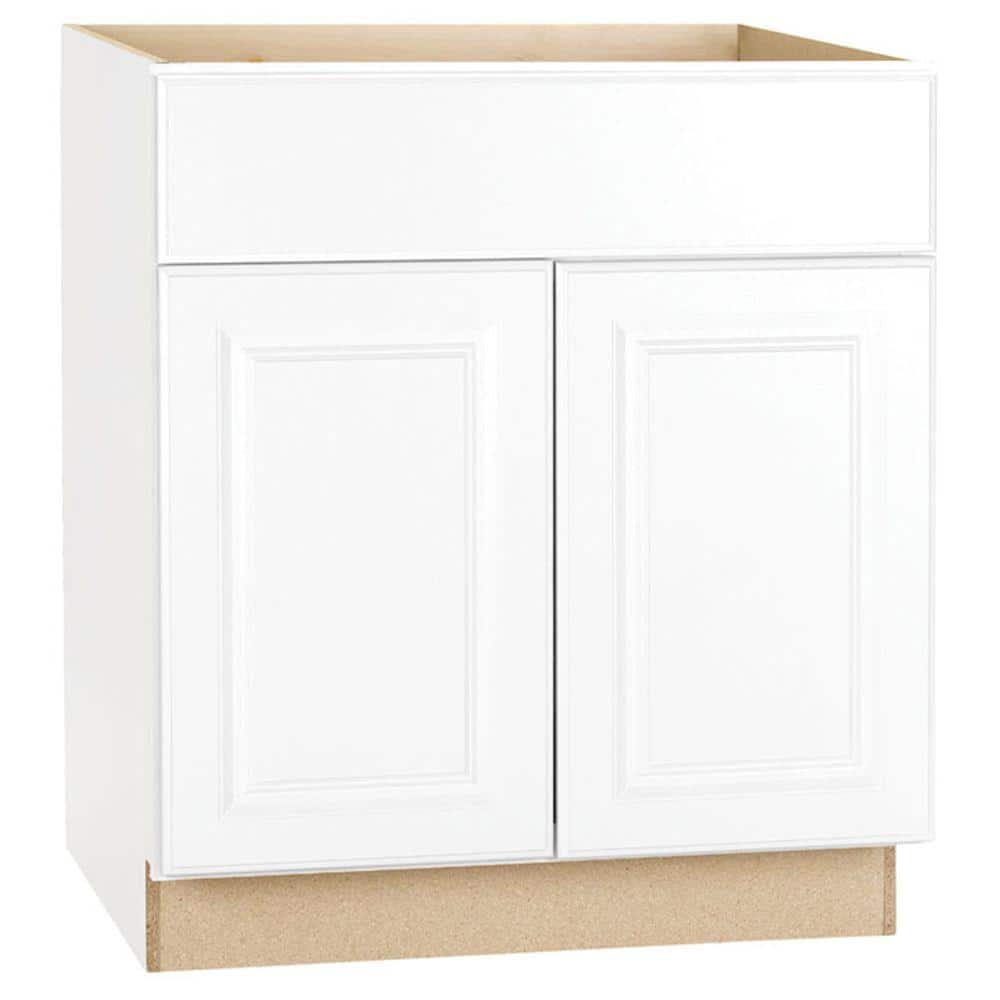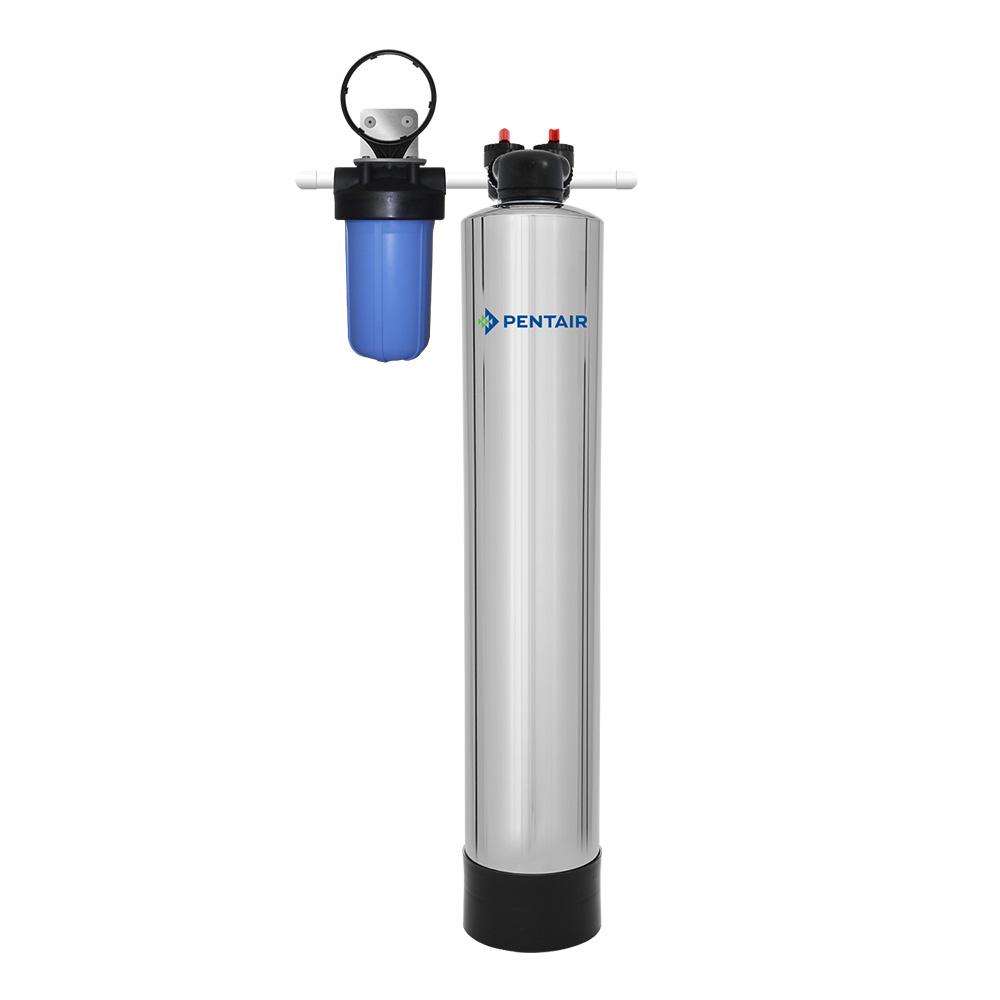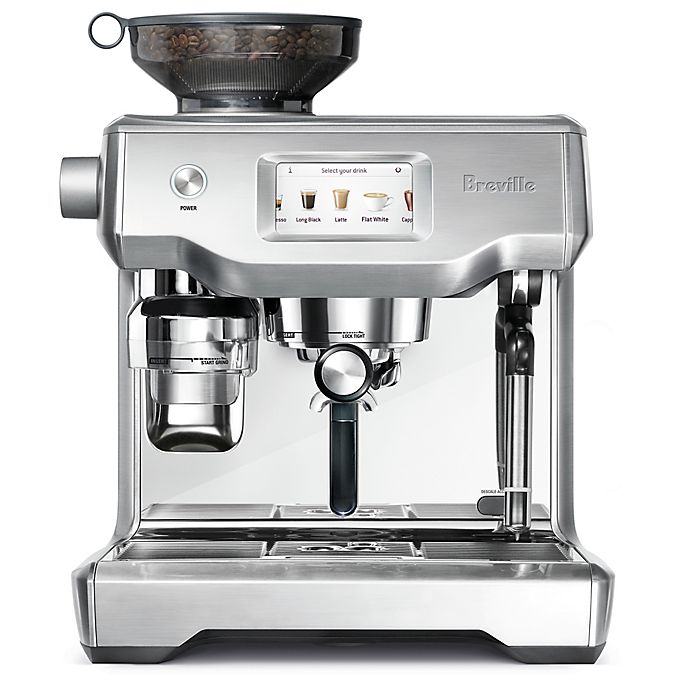Hampton Bay Hampton Satin White Raised Panel Stock Assembled Base Kitchen Cabinet with Drawer Glides (30 in. x 34.5 in. x 24 in.)
Get started sooner with online orders shipping in 1 day. Features 1 drawer, 2 doors, and 1 adjustable shelf. Hampton White kitchen cabinets can brighten any kitchen design.
The furniture-quality finish on the Hampton Bay Base Cabinet adds warmth and beauty to your kitchen design. The cabinet’s 3/4 in. shelf thickness offers durability and its adjustable shelf design helps you maximize your storage space. The cabinet has a 4-sided hardwood drawer box that opens easily on smooth glides, giving you easy access to a convenient storage space.
- Composite case construction for durability and strength
- Framed construction with encapsulated panels offers a solid look
- Raised door panel design provides a traditional look to your kitchen decor
- 3/4 in. thick adjustable shelf
- 1 half-depth adjustable shelf provide easy access for storage
- Ball-bearing drawer glides for smooth operation and durability
- Premium 4-sided hardwood drawer box
- Adjustable hinges are self-closing and hidden from view
- Durable RTF finish
- Limited lifetime warranty
- Encapsulated panels, fully captured in grooves for strength
- Certified KCMA cabinet
- Cabinets do not include hardware (decorative, installation, or countertop installation)
- Please follow your countertop manufacturer’s recommended methods for installing countertops
- Finished toe kick is not included; can be purchased separately under part number KATK-SW
Additional information
| Assembled Depth (in.) | 24 in. |
|---|---|
| Assembled Height (in.) | 34.5 in. |
| Assembled Width (in.) | 30 in. |
| Interior Cabinet Depth (in.) | 23.125 in. |
| Shelf Thickness (in.) | 0.75 in. |
| Manufacturer Warranty | Limited Lifetime Warranty |






by Sharon
We love the look of these cabinets.
by Drew
Great product as described.
by John
Fairly well constructed. Solid, no warp. Drawer glide could be sturdier.
by Danielle
This cabinet looks nice, but I wish it came with the countertop mounts. I also wish the shelf inside was full size instead of only half.